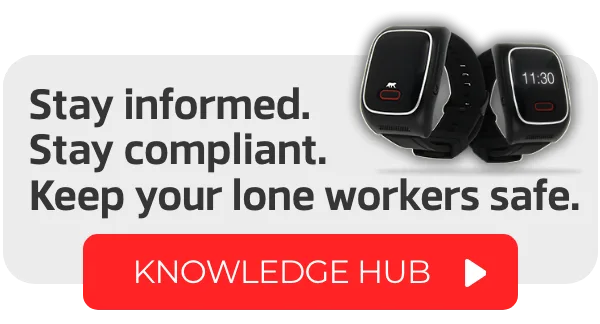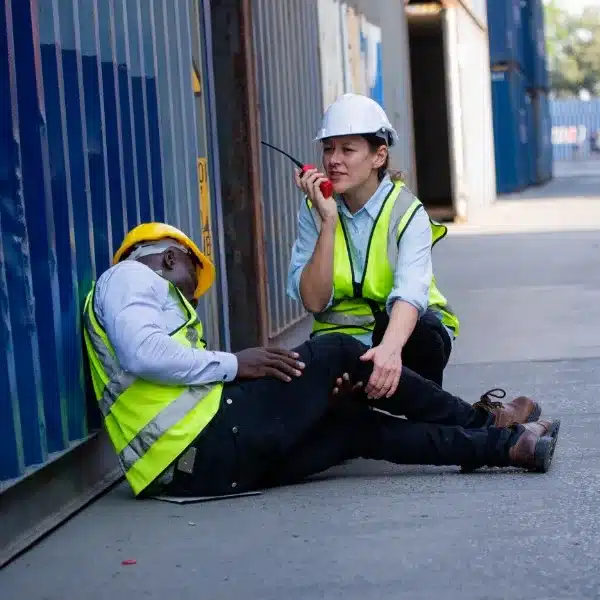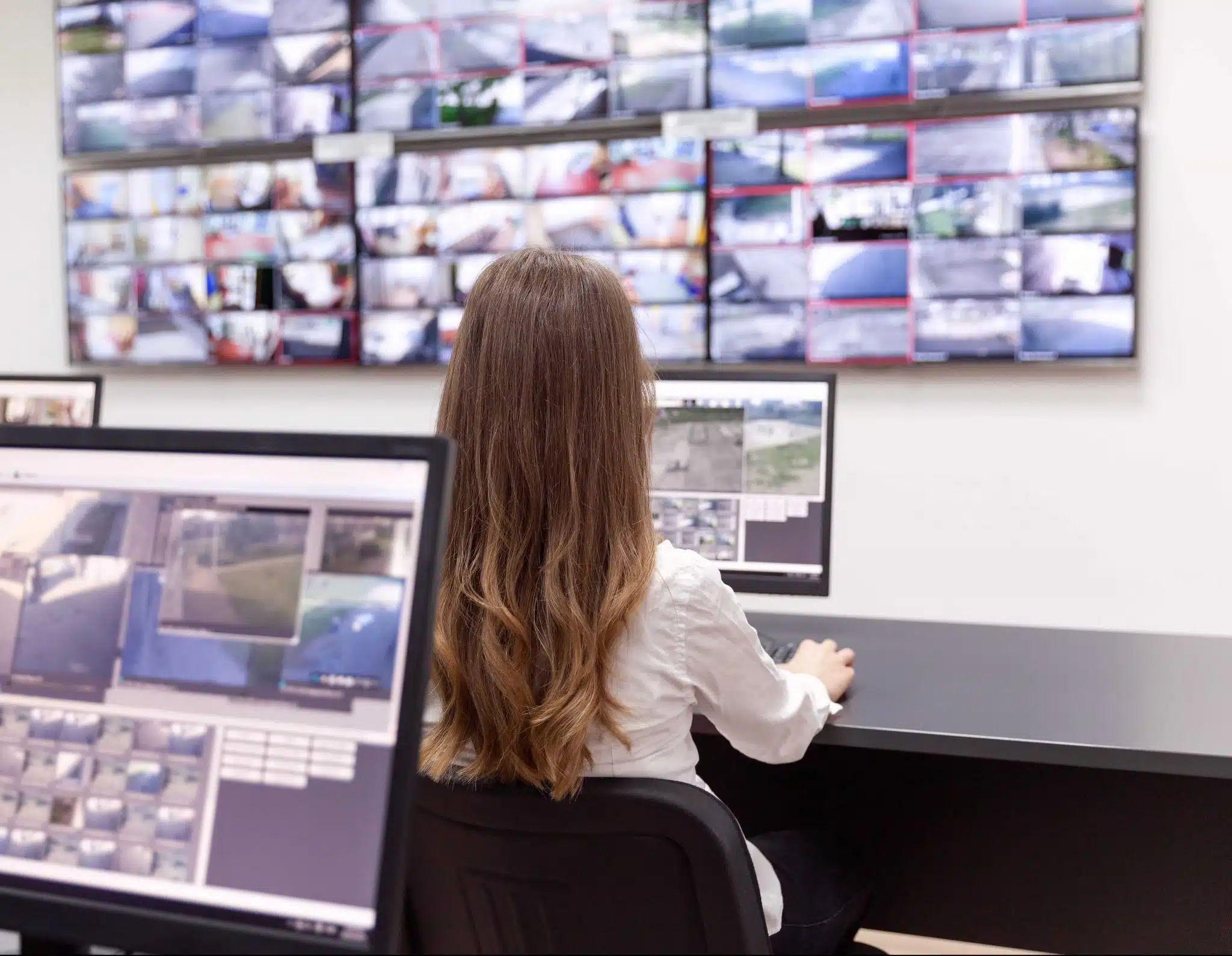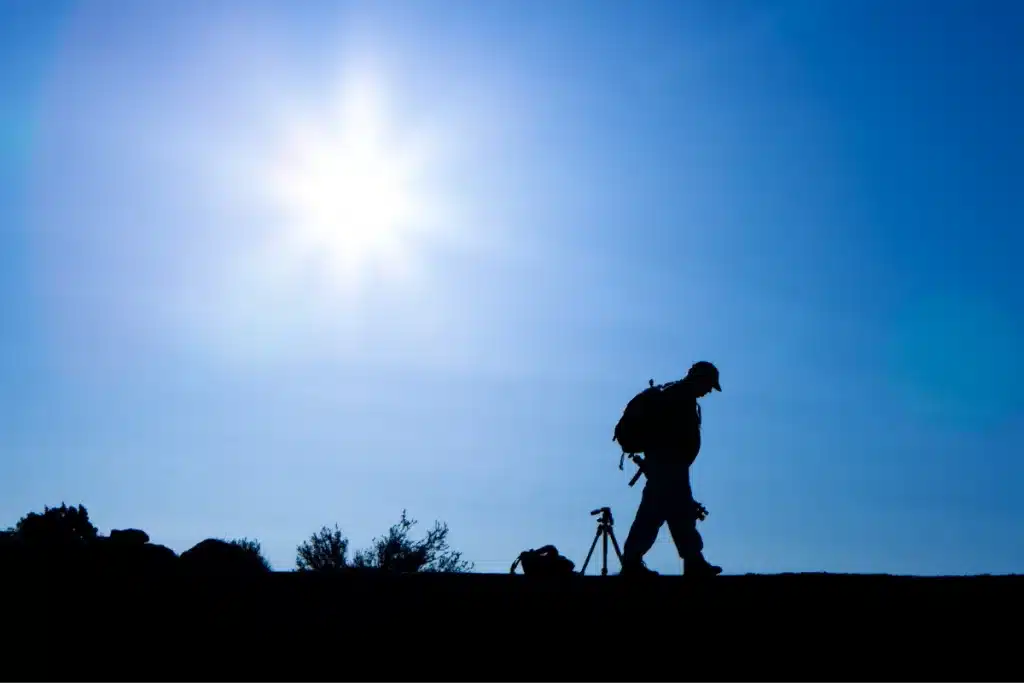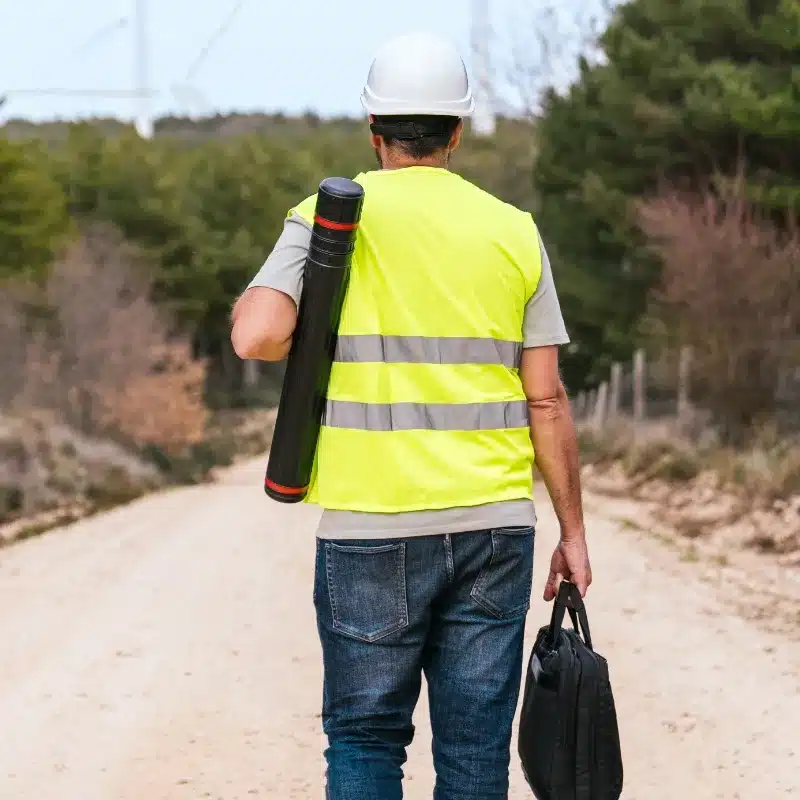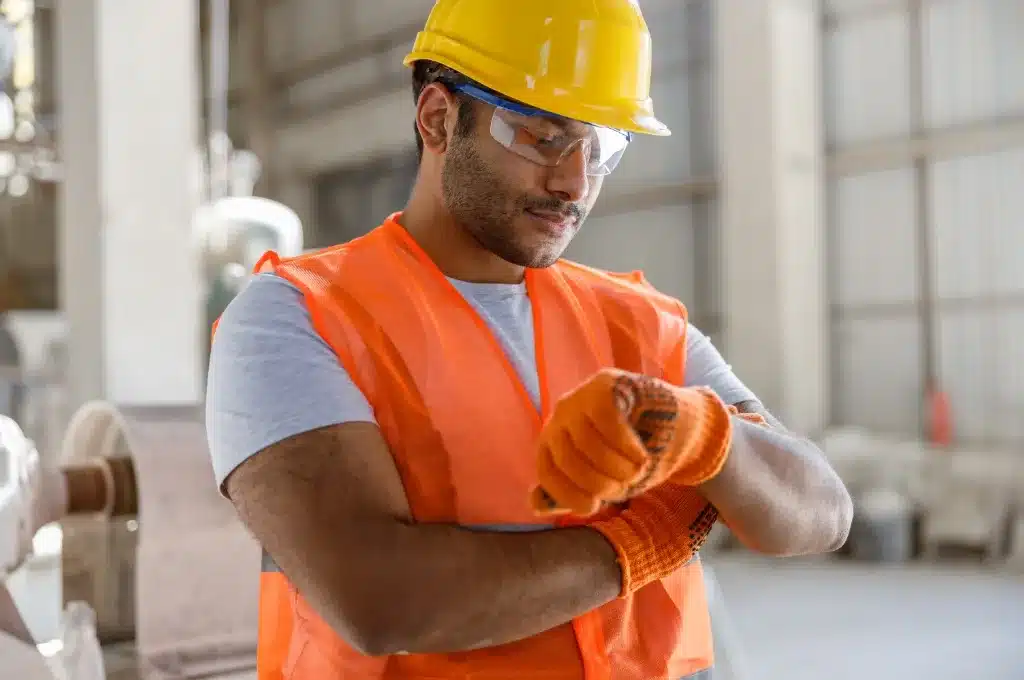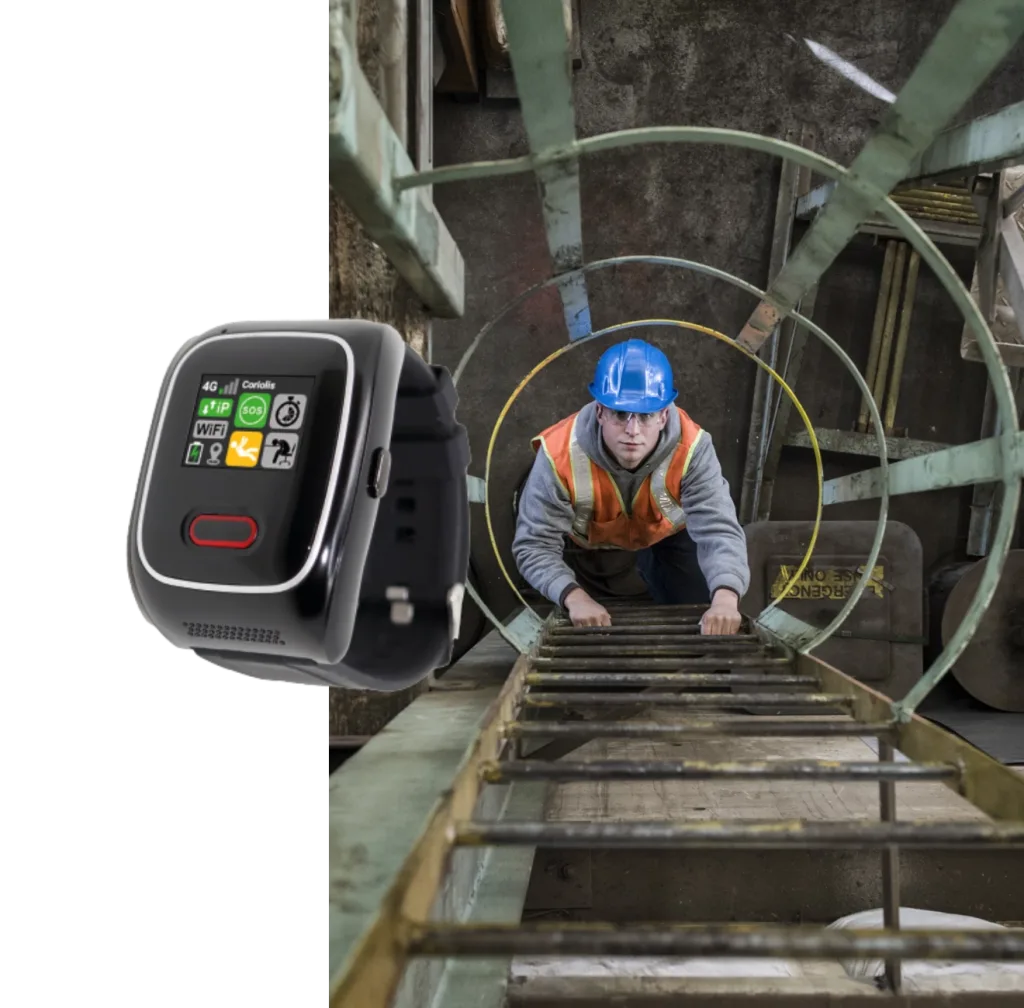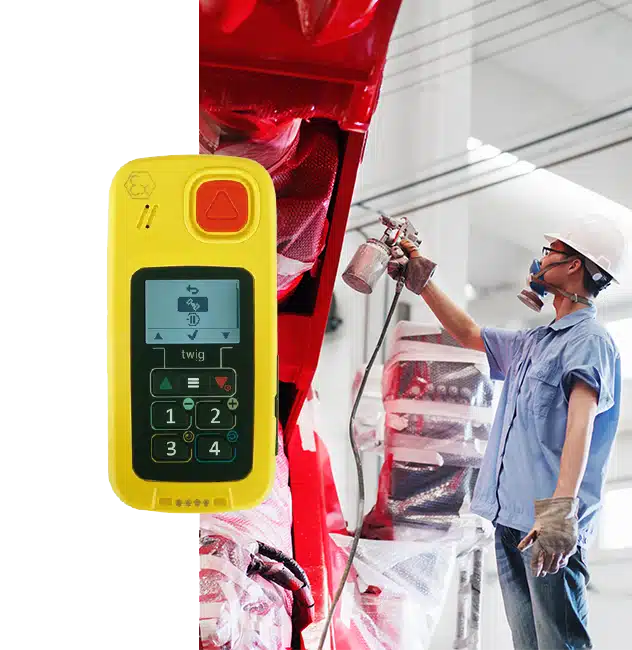Home > Knowledge Hub > FAQs
Lone Working in Ireland: All you need to know
Lone working is a common practice across various industries, but it comes with unique risks and responsibilities. Whether you’re an employer or an employee, understanding the challenges and safety measures associated with working alone is essential.
This page covers everything you need to know about lone working, from identifying risks to implementing effective safety protocols, ensuring a safe and supportive environment for all and how Almas Industries can help you and your business.
What is Lone Working?
Lone working refers to situations where employees carry out their job duties away from direct supervision or coworkers. This can occur in various settings, such as working from home, travelling between sites, or in remote locations.
In Ireland, where community and cooperation are valued, lone workers may face unique challenges, such as isolation and limited access to immediate support. Ensuring their safety and well-being through proper risk assessments, communication systems, and personal safety devices is vital for their protection.
Who are Lone Workers?
Lone workers are individuals who carry out their job duties in isolation, without direct supervision or close contact with colleagues. In Ireland, this could include:
- Healthcare professionals visiting clients in their homes (e.g., community nurses, social workers)
- Construction workers on remote sites or small teams
- Farmers working alone on their land
- Retail staff opening or closing shops by themselves
- Delivery drivers, couriers, or service engineers travelling between locations
- Office employees working late or outside of regular business hours
- Security personnel guarding premises on their own
These workers operate independently, often facing unique risks, such as delayed emergency response or limited access to help in case of incidents.
Ensuring their safety requires tailored solutions like monitoring systems, regular check-ins, and personal safety devices.
Why is Lone Working Safety Important?
Because when employees work alone, the risks increase and so does your responsibility. Protect your team with reliable safety solutions that give peace of mind and fast response in emergencies.
Health and safety legislation requires employers to assess and manage the risks of lone working. A proper risk assessment isn’t just a box-ticking exercise, it’s essential for meeting your legal duty of care and keeping your people safe.
What are you visiting us for today? How can we help?
What is Lone Worker Legislation
Lone worker legislation refers to the legal duties employers in Ireland have to protect employees who work alone. While lone working isn’t illegal, it is subject to strict health and safety requirements under The Safety, Health and Welfare at Work Act 2005 and The General Application Regulations 2007.
These laws require employers to assess risks, implement control measures, provide training, and ensure lone workers have a means to call for help if needed.
Employers must treat the safety of lone workers with the same seriousness as any other employee, taking into account the specific risks of working alone, whether that’s in a remote location, at night, or in a public-facing role.
Monitoring, communication, and emergency response plans are all essential elements of compliance.
What are the risks for Lone Workers?
Lone workers face unique risks due to the absence of direct supervision or nearby colleagues. In Ireland, these risks vary by role, location, and industry, but commonly include:
- Personal Safety & Violence – especially in public-facing roles or during late shifts.
- Accidents & Injuries – no immediate help can lead to more serious outcomes.
- Health & Medical Emergencies – delayed response time increases risk.
- Isolation & Mental Health – working alone can impact emotional well-being.
- Fatigue & Overwork – no one to encourage breaks or manage workloads.
- Communication Breakdown – poor signal or lack of devices can cut off lone workers from help.
These risks highlight the need for robust safety protocols, effective training, and strong support systems to protect lone workers. The first step to protecting your lone workers is identifying the specific risks they face in their role. You should include seasonal and environmental risks too. To find out more about how to assess lone working risks and for a free template – read our blog on the Risks for Lone Workers.

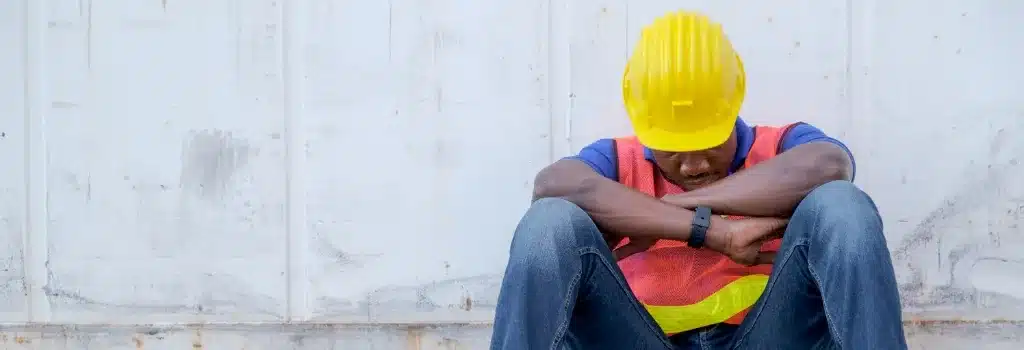
How can you keep Lone Workers safe?
To keep lone workers safe, employers must carry out tailored risk assessments and put appropriate safety measures in place. This includes providing training on emergency procedures, ensuring access to personal safety devices like GPS trackers or panic alarms, and establishing regular communication through check-ins or safety apps. Lone workers should always know how to get help if something goes wrong.
Ongoing support is just as important. Promoting mental well-being, preventing isolation, and regularly reviewing safety protocols all help to create a safer working environment. Employers must take both physical and psychological risks seriously to protect their team.
When is Lone Working not ok?
Lone working is not suitable for high-risk tasks such as operating dangerous machinery, working at heights, handling hazardous chemicals, or performing electrical work, these situations require another person present to respond in an emergency. It’s also unsafe for individuals with certain medical conditions who may need urgent assistance if something goes wrong.
Environments that are unfamiliar, isolated, or lack reliable communication, like construction sites, poorly lit areas, or locations with weak signal, can make lone working especially dangerous. Roles with a high risk of aggression or unpredictability, such as security, healthcare visits, or late-night retail, often require additional support or safety measures.
What is Lone Worker Monitoring?
Lone worker monitoring is the process of keeping track of employees who work alone to ensure their safety and well-being throughout their shift. It involves using tools and systems, such as GPS-enabled devices, safety apps, or check-in procedures, that allow employers to know where their workers are and whether they need help. In the event of an emergency, monitoring systems can automatically raise an alarm or allow the worker to call for assistance.
This monitoring is not about surveillance, it’s about enabling a rapid response if something goes wrong. It’s especially important for roles where risks are higher, such as remote locations, hazardous environments, or working with the public. Monitoring gives both the employer and the lone worker peace of mind that help is available when it’s needed most.
Latest News
Lone Working Safety
Lone Worker Devices
Ensuring the safety of lone workers is essential in today’s diverse work environments. Our cutting-edge lone worker devices are designed to provide comprehensive safety solutions for individuals working in isolation.
These devices come equipped with advanced features such as real-time GPS tracking, emergency alerts, and two-way communication to ensure that help is always just a button press away.
Lone Worker Monitoring
Lone workers, operating without direct supervision, face unique risks—from accidents and injuries to emergencies and assaults. Effective lone worker monitoring is more than a legal requirement; it’s a moral obligation that shows your commitment to your most valuable asset: your people.
Lone worker monitoring can be broadly categorised into two types: Self-Monitoring and Remote Monitoring by an ARC (Alarm Receiving Centre).
Don't Wait Until It's Too Late
Protect Your Team Today with Almas Industries
The commercial landscape is in a state of constant flux, and so are the safety challenges that come with it.
There’s no time like the present to reassess and strengthen your worker protection.
Stay Ahead with Innovative Solutions
In a world where litigation is becoming more common and health and safety legislation more stringent, a tick box solution isn’t sufficient. Stay compliant and more importantly provide a meaningful solution to keep your team safe with our cutting edge solutions.
Tailored for You
Generic solutions often lead to vulnerabilities. We offer a bespoke approach to lone worker protection, designed to meet the unique needs and challenges of your business.
24/7 Exceptional Customer Service
Safety is a round-the-clock concern, and so is our ARC monitoring service and our customer care. From installation and training to regular maintenance checks, our support teams are always at your disposal to ensure seamless operation. Our installation and feedback scores from our customers in the last year consistently score over 4.5 out of 5.
Protect Your Lone Workers Now
Get advice on the solution that aligns with your operational structure, geographical spread of lone workers, and your operational hours.
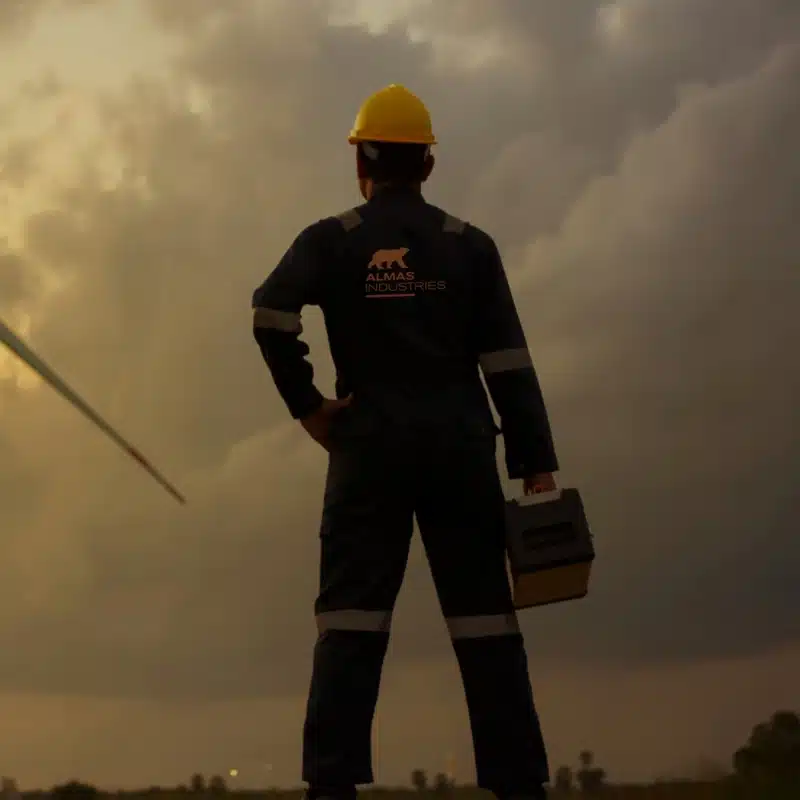
Contact us today to work with a leader in Irish Lone Worker Protection


